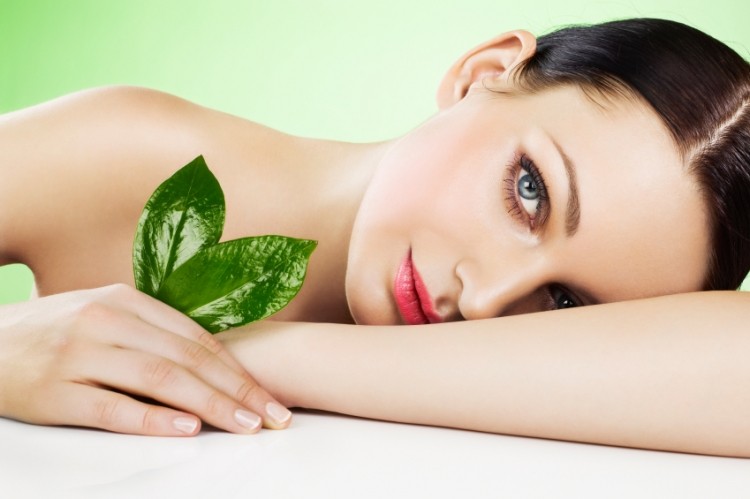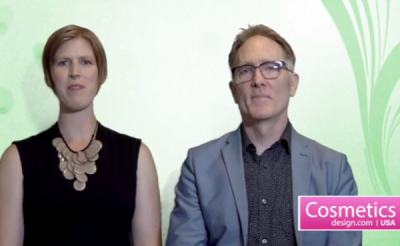Naturals and Sustainability Special Newsletter
Why indie beauty and the organic, ‘clean’ trend are natural bedfellows

It’s well-known that the naturals trend has been dominating of late across beauty globally, and indeed recent figures from Grand View Research suggest the global organic personal care market will reach just under $16bn by 2020.
Indie beauty is showing compelling growth rates too. According to Kline, the US cosmetics and personal care industry is currently delivering growth of just under 3% per annum - but indie brands, despite accounting for just 7.3% of the total market in 2014, delivered a huge average growth rate of 19.6% from 2013 to 2014.
Speaking of the similar scene in the UK, Euromonitor’s recent report on the country picked out naturals and niche beauty as the two factors fuelling growth in an otherwise saturated scene.
So what is it about these two trends that’s driving consumer interest, and is enthusiasm for both stemming from the same beauty consumer desires?
A question of trust
Indie beauty brands are coming to the fore in the naturals and organics trend largely because both feed into an ever-strengthening demand from consumers for a greater sense of trust, according to industry experts.
Vivienne Rudd, Mintel’s director of global insight and innovation for beauty and personal care, spoke to Cosmetics Design at the end of last year on the rise of indie beauty brands innovating in the naturals space, and confirmed this as an important factor in current consumer demand.
“With the ever growing interest in pursuing more natural lifestyles, consumers will find themselves getting involved in the creation process to ensure their beauty and personal care products are more transparent,” explained Rudd.
A key part of the appeal of independent and ‘clean’ beauty is the feeling of proximity between consumers and products, according to naturals indie brand founder Dominika Minarovic.
“In part, it’s about value for money and trust - consumers feel more confident having a closer relationship with the origin of their products, with the brands and with their suppliers,” the Clean Beauty Co. founder says.
Similarly, Jillian Wright, an organiser of the Indie Beauty Expo trade show, explains that consumers are turning to indie brands for clean and green cosmetics on the basis of trust and brand identities.
"A disproportionate number of indie brands are Clean or Green," she confirms. "And the reason is simple: it’s what matters to consumers nowadays and it’s also an area where larger - older - brands fail to deliver. As the new market entrants, indie brands can work with a clean slate. This means that, right from the beginning, indie brands can design, formulate and manufacture their product with Clean and Green values in mind."
Gastronomy and home production
The link between the food industry and beauty that’s shaping these trends should not be overlooked, with Mintel’s Rudd noting that consumers are increasingly taking to concocting skin care items in their own homes.
“Traditional beauty and personal care remedies are moving into the mainstream as more and more consumers start to ‘cook up’ their own versions,” Rudd explained.
“Brands will need to shift their focus to highlight artisanal processes while also making it easier for consumers to make products at home.”
This is a view backed up by Minarovic, who notes that lifestyle bloggers like Deliciously Ella have been fuelling the rise of naturals and niche beauty.
“The clean eating movement is driving it, and we’re starting to see it across different industries,” she says. “The clean beauty movement is definitely an extension of the clean eating movement.”
Health and wellness
Health and wellness is the overarching trend that seems to bring all the strands of enthusiasm for naturals, organics, clean and niche beauty together.
According to the Mintel, nearly half of Italian and Spanish consumers buy natural and organic personal care products because they believe the products are better for their health.
The same is true too of UK consumers, Euromonitor notes in its recent report on beauty in the country.
“The health and wellness trend increased the demand for more natural organic products, and created a strong emphasis on quality ingredients and formulations,” the firm’s analysts say of the trend.









